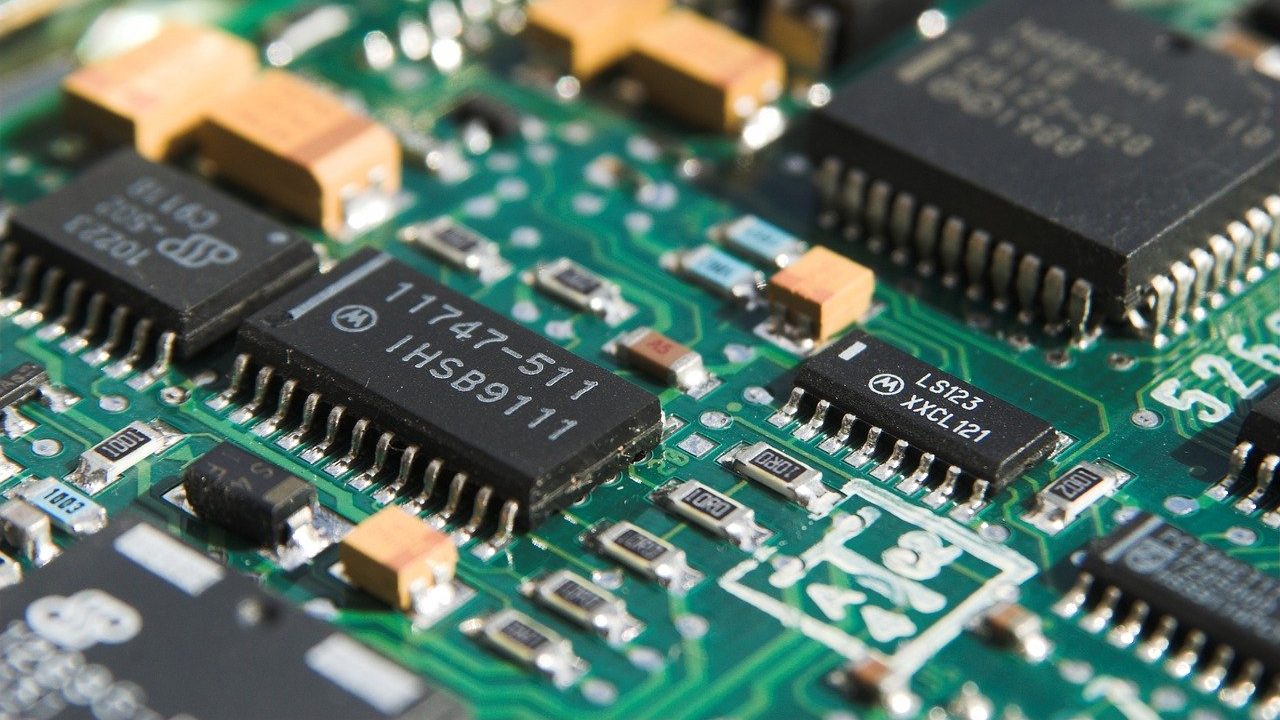Market analyst firm, TrendForce, has said that the introduction of US tariffs has resulted in the stockpiling of computing memory products and devices.
According to it, the implementation of the U.S. reciprocal tariffs on April 9, followed by a 90-day grace period for most regions, prompted buyers and suppliers to adjust their strategies in response to policy uncertainty.
U.S. President Donald Trump introduced the concept of reciprocal tariffs as part of his broader “America First” trade policy, arguing that the U.S. should impose the same tariffs on countries that levy high tariffs on American goods.
However, Trump later announced a 90-day pause on increased tariffs for most US trading partners, including South Africa, aiming to ease global economic tensions and stabilise financial markets.
This decision came after significant market volatility and mounting pressure from business leaders and political figures.
The Trump administration stated that the 90 days would be used to negotiate individualised trade agreements with various countries.
TrendForce Senior Research Vice-President, Avril Wu, noted that with organisations rushing to complete transactions and shipments within the grace period to mitigate future policy risks, memory market activity is expected to pick up notably in the second quarter.
TrendForce pointed out that the grace period has temporarily eased concerns about demand loss due to new tariff barriers. However, it adds that lingering uncertainty over the direction of US trade policy has driven memory buyers to adopt a more defensive stance, actively raising DRAM and NAND Flash inventory levels as a buffer against supply risk.
TrendForce noted this proactive stockpiling has expanded the anticipated contract price increases for DRAM and NAND Flash in the second quarter.
However, this surge in momentum is likely to be short-lived, the market analyst firm notes. Demand from U.S.-based brands and exporters, which are more sensitive to tariff changes, will have been largely frontloaded into the first half of 2025, disrupting seasonal trends.
“Ultimately, the future course of U.S. tariffs will be the key factor shaping memory supply-demand dynamics and pricing trends in the second half of the year.”
TrendForce’s report comes as tech companies accelerate imports and build up inventories ahead of anticipated price hikes and supply chain challenges caused by the tariffs.
For example, Apple reportedly shipped approximately 600 tonnes of iPhones from India to the US to “beat the tariff.”
Nvidia and AMD have disclosed a significant financial impact due to new US export restrictions on AI chips to China. Nvidia anticipates a $5.5 billion loss, while AMD expects an $800 million hit, stemming from inventory and commitments linked to their products.





